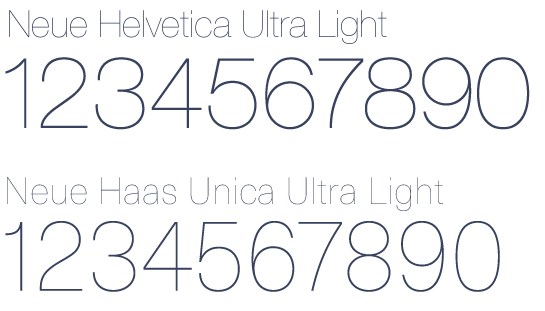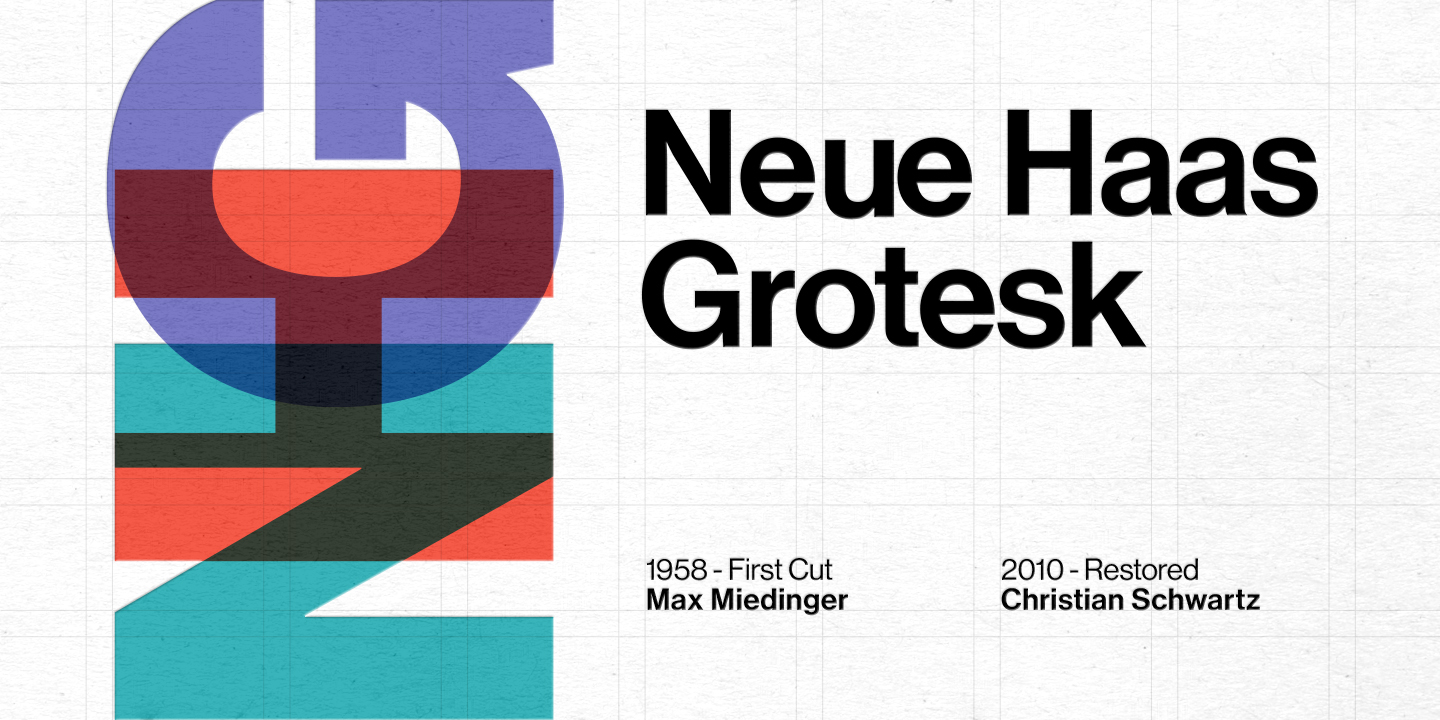

We recommend that you print this End User Agreement for further reference. Over the years, however, the various revisions did not address the design nuances of Miedinger's original, now recaptured in Schwartz's revival.
Neue haas grotesk neue haas unica pro#
Neue Helvetica was further expanded in 2004 with an OpenType® Pro version, which included support for additional languages. Improved punctuation was also included, as well as adjustments in cap-height and x-height to ensure uniformity across the family. The Neue Helvetica family, released in 1983, introduced additional weights along with refinements for enhanced legibility. Further modifications continued, as production methods evolved to phototypesetting and eventually to digital technologies. However, as machine-set typesetting overtook handsetting techniques, changes were made to the design to simplify production - but at the expense of aesthetic nuances. Each size required a different font, and each incorporated subtle design differences in order to achieve optimal reproduction of the typeface. With Miedinger's design, type could be set by hand in sizes ranging from five to 72 points.

However, Helvetica was ultimately chosen to reflect the design's Swiss heritage, instead of the country itself. The name, Helvetia, was suggested, which is the Latin name for Switzerland. The firm's parent company, Germany-based Stempel, made the decision to rename the typeface to improve its marketability outside of Switzerland. The original Neue Haas Grotesk, which means "New Haas Sans Serif," was designed in 1957 by Max Miedinger, under the direction of Eduard Hoffmann, of the Haas Type Foundry in Münchenstein, Switzerland. "My goal was to restore and preserve the original design intent as faithfully and authentically as possible," said Schwartz.

Now, thanks to the beautiful work of Christian Schwartz, the original design, under its original name, has been reborn for a new generation of graphic communicators and type lovers." It has endured cosmetic changes over the years yet has achieved and maintained extreme popularity. "Helvetica began with a different identity and became the object of multiple interests. "The story of Helvetica is somewhat like the story of Marilyn Monroe," Haley said. Aesthetic differences between the original and today's Helvetica can be traced to design modifications that were made to comply with requirements for machine-set typesetting, which replaced handsetting techniques. "Think of Neue Haas Grotesk as the prequel to Helvetica," said Allan Haley, director of words and letters at Monotype Imaging. It eventually became arguably the world's most famous typeface, used widely in branding, advertising and signage - but under a different name. Soon after, the design began to undergo revisions yet went on to great success. FontHaus's release of Neue Haas Grotesk marks Monotype Imaging's digital debut of a typeface that was first designed for handset composition using metal type in the late 1950s.


 0 kommentar(er)
0 kommentar(er)
